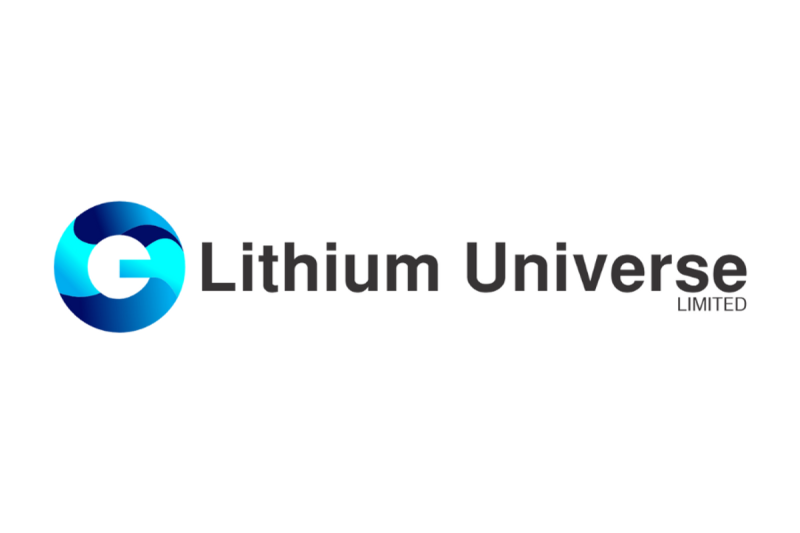As the demand for electric vehicles (EVs) continues to rise alongside the transition towards renewable energy sources, the need for lithium, a key component in EV batteries, has become more critical. However, North America currently faces a gap in lithium conversion capacity, hindering the region’s ability to meet the growing demand for this essential resource.
One of the main challenges in North America’s lithium supply chain is the lack of sufficient conversion capacity to process lithium raw materials into battery-grade lithium products. Without an adequate conversion infrastructure in place, the region remains reliant on imported lithium chemicals, primarily from countries such as China and South Korea. This dependence on foreign sources not only poses a risk to the supply chain’s security but also undermines the region’s efforts to achieve greater energy independence.
To close the lithium conversion gap in North America, industry stakeholders must collaborate to develop and invest in domestic conversion facilities. By establishing more conversion plants within the region, North America can reduce its reliance on imports and build a more robust and resilient lithium supply chain network. Additionally, domestic conversion capacity will create job opportunities and stimulate economic growth in local communities, further benefitting the region’s economy.
In order to accelerate the development of domestic conversion facilities, policymakers play a crucial role in providing support and incentives for lithium conversion investments. Governments can implement policies that encourage private sector investments in conversion infrastructure through grants, tax incentives, and streamlined permitting processes. By creating a favorable business environment, policymakers can attract more investors and accelerate the expansion of lithium conversion capacity in North America.
Furthermore, strategic partnerships between industry players, research institutions, and government agencies can drive innovation and technological advancements in lithium conversion processes. Collaborative efforts to develop more efficient and sustainable conversion technologies will not only increase the region’s conversion capacity but also enhance the environmental sustainability of lithium production. By adopting cleaner and greener conversion methods, North America can position itself as a leader in responsible lithium sourcing and production.
In conclusion, closing the lithium conversion gap in North America is essential to ensure a stable and reliable supply of lithium for the growing EV market. By investing in domestic conversion infrastructure, fostering partnerships, and implementing supportive policies, the region can strengthen its lithium supply chain and reduce its dependence on foreign sources. Through collaborative efforts and a shared commitment to sustainability, North America can emerge as a key player in the global lithium market and drive the transition towards a more sustainable energy future.

